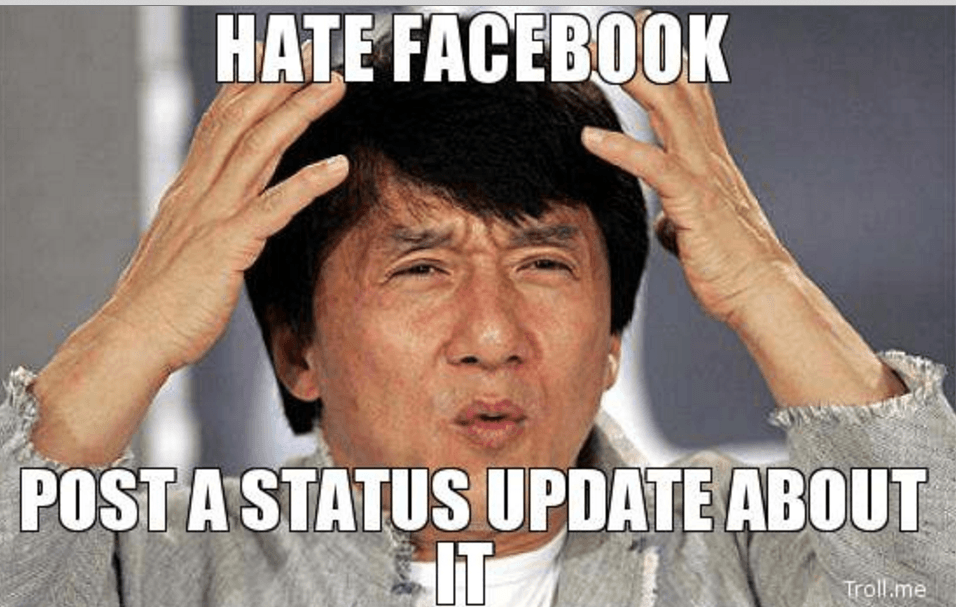| By: Andrew Barnett Auburn University at Montgomery Department of Communication & Dramatic Arts |
The next time I log in to Facebook, I might not see a single status update. I’ll more than likely than not, see a bunch of random pictures with inserted captions.
The people who post these photos usually aren’t the ones who created them.
[T]hese images are called “memes” and the method of sharing these memes is a result of what’s known as low level GroupThink.
GroupThink is a philosophical theory that explains why we may go to a person’s social media profile and see nothing but memes. Social media patterns have given users less of a reason to use their brains to be innovative. Instead of expressing original thoughts, users browse Instagram, find a meme that expresses how they feel, and repost it.
 |
Usually, it is a useless phrase, a funny caption, a horoscope, or other various things.
The main problem is that people are not forced to think.
People do not have to be creative because they have others being creative for them. Not only is this true with social media, but it applies to music, movies and all forms of entertainment as well.
You can witness GroupThink in action under “Trending Topics” on Twitter. If you put a hashtag in front of something and get enough people to retweet it, then eventually, everyone will be tweeting about it.
It’s a revolving cycle.
Whenever something happens in the world, people flock to social media and make it an online spectacle. Eventually, a few individuals make many memes, and they begin circling around every social media platform.
The biggest problem with GroupThink and social media is that most patterns of meme-sharing and reposting lead to a whole bunch of nothing.
If people could use their minds and band together for something productive, social media could flip into a bigger form of results-oriented expression.
Use your minds, people.





